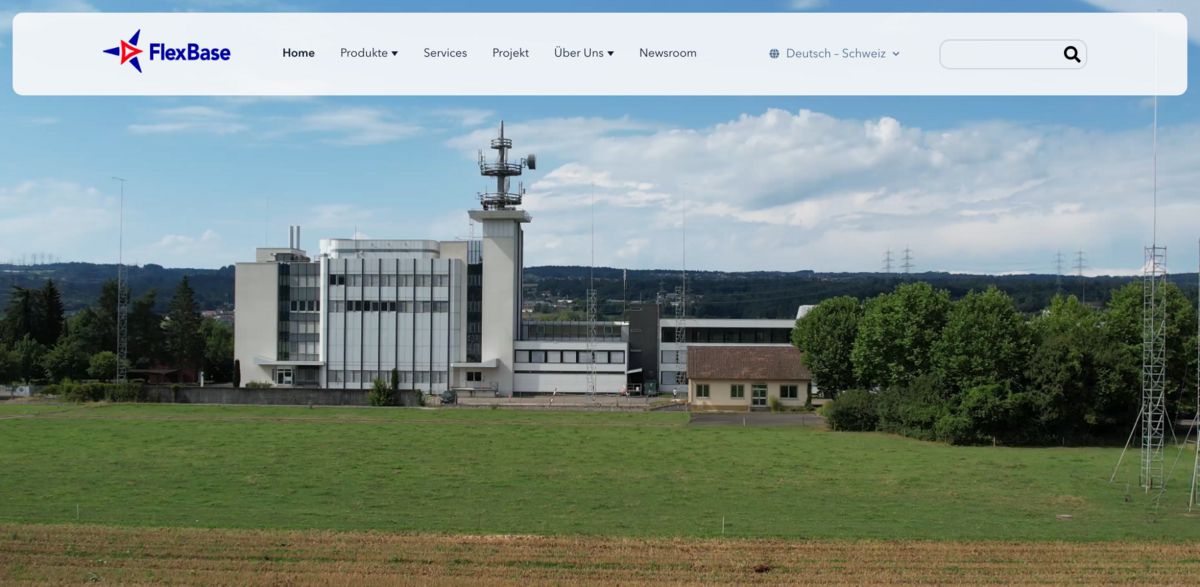What is the FlexBase Technology Center?
Right at the heart of Laufenburg, something big is happening. The FlexBase Group is building a technology center that’s set to raise the bar in energy storage and data management. The centerpiece? A massive redox-flow battery storage system paired with a water-cooled AI data center designed for district heating. But that’s not all — in 2024, the group will also take over the former Swissgrid operational building, currently being retrofitted, to create jobs for skilled workers from Laufenburg and nearby communities. It’s a project that blends innovation with local revitalization.
Main Benefits of the Star of Laufenburg Location
The location itself is a powerhouse, literally. Known as the “Star of Laufenburg,” this site is where the European power grid was born back in 1958, connecting Germany, France, and Switzerland at the 220-kilovolt level. Here’s why it’s such a perfect spot:
- 41 border lines crisscross the region
- 147 switching stations operate within the network
- Supports 380 and 220 kilovolt voltage levels
- Spans 6,700 kilometers in length
- Features 12,000 masts holding it all together
This unique setup allows the battery storage to connect directly to the grid without any detours or power loss — a huge advantage for efficiency. Plus, the revived Swissgrid building will soon offer over 400 office jobs, boosting the local economy.
How Does the Battery Storage System Work?
Battery storage might sound technical, but it’s pretty straightforward. It acts as a buffer for renewable energy sources like solar, wind, and hydropower, which can be unpredictable because of weather and time of day. When there’s extra electricity, the battery charges up. When demand spikes or production dips, it releases that stored energy. This means no need for fossil-fuel-powered emergency generators, and it helps keep the power grid stable — reducing the risk of blackouts. Pretty neat, right?
Why Choose Redox-Flow Battery Technology?
The FlexBase battery uses redox-flow technology, which is a liquid battery system where power and energy can be scaled independently. This tech isn’t new — it’s been around for over 140 years, with serious development kicking off in the 1970s and gaining real momentum in the 2010s. The biggest redox-flow battery today is in China, boasting 100MW peak power and 400MWh energy content. What makes redox-flow special? It’s safe (no fire or explosion risks), uses fewer rare materials, and suffers very low power loss over time. Plus, it can juggle multiple roles at once: stabilizing the grid, providing emergency power for the data center, smoothing out peak demand, and even participating in energy markets.
What Does This Mean for the Region?
The benefits go beyond just technology. The waste heat from the water-cooled AI data center won’t go to waste — it’ll feed into the district heating network for Laufenburg and nearby communities. That means lower electricity and heating bills for residents. FlexBase and its subsidiaries are based right in Laufenburg, so tax revenues stay local, benefiting both the city and the canton of Aargau. The project is also a big boost for the local economy and gastronomy, creating hundreds of jobs and breathing new life into the historic Swissgrid building. It’s a win-win for innovation and community.
Project Impact on Sustainable Development Goals (SDGs)
- Affordable and Clean Energy (SDG 7)
- Industry, Innovation, and Infrastructure (SDG 9)
- Sustainable Cities and Communities (SDG 11)
- Decent Work and Economic Growth (SDG 8)
- Climate Action (SDG 13)
- Responsible Consumption and Production (SDG 12)
How Sustainable is the FlexBase Technology Center?
Sustainability isn’t just a buzzword here — it’s baked into every phase, from planning to operation. The center’s water-cooling system captures waste heat and channels it into the district heating network, helping nearby industries and communities reduce reliance on fossil fuels. This smart approach cuts down on energy needed for cooling and slashes costs, all while supporting ecological operation. On top of that, the building will sport a photovoltaic system covering over 8,400 square meters, with ongoing efforts to boost efficiency even further. It’s a model for how tech and sustainability can go hand in hand.





















